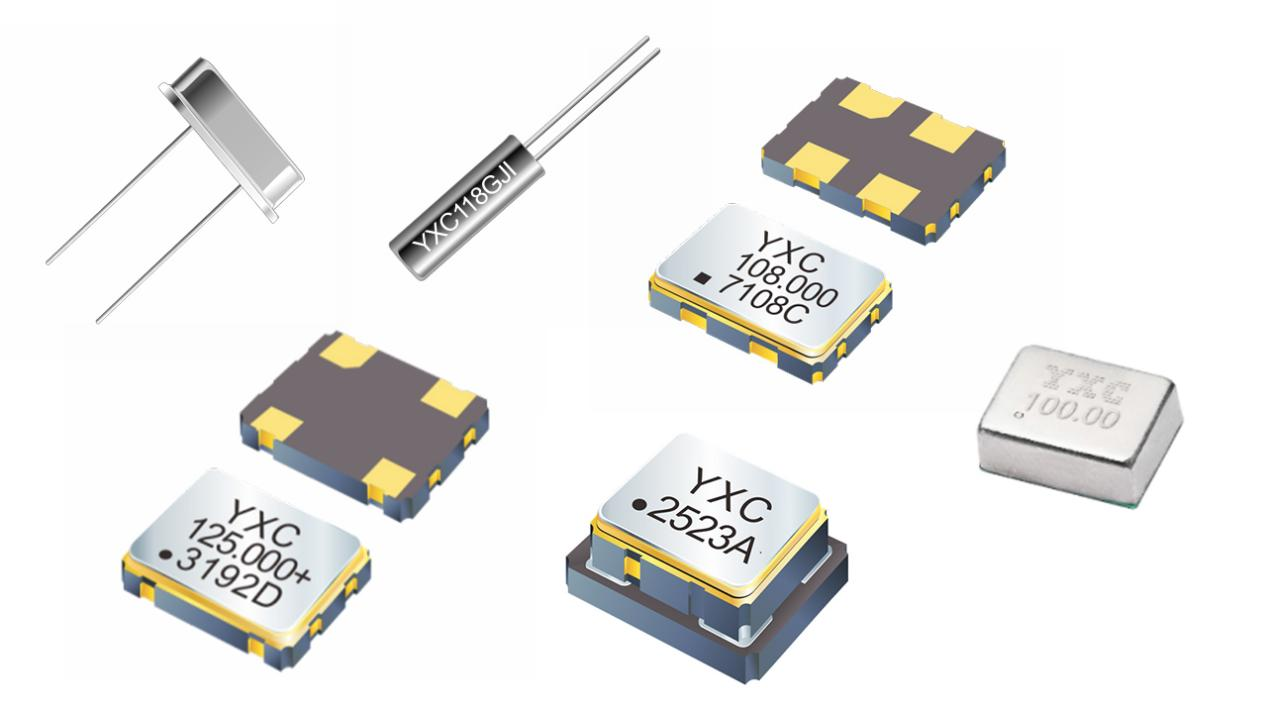To understand an industry, you need to be familiar with the terminology used in its products. Every industry has its own specialized terminology, and quartz crystal oscillators are no exception. Understanding crystal oscillator terminology is extremely helpful when purchasing and selecting a crystal oscillator. Below, Xiao Yang briefly explains what each terminology means:
① Nominal frequency: The frequency specified in the crystal's technical specifications, usually marked on the product casing.
② Operating frequency: The frequency generated by the crystal and the operating circuit.
③ Adjusted frequency deviation: The allowable deviation of the operating frequency from the nominal frequency at a reference temperature (25±2°C) under specified conditions.
④ Temperature frequency deviation: The allowable deviation of the operating frequency from the reference temperature (25±2°C) within the operating temperature range under specified conditions.
⑤ Aging rate: The relative change in the crystal's operating frequency over time under specified conditions. When measured in years, it is called the annual aging rate.
⑥ Static capacitance: The capacitance connected in parallel with the series arm in the equivalent circuit, also called the shunt capacitance, usually denoted by C0.
⑦ Load capacitance: The effective external capacitance that, along with the crystal, determines the load resonant frequency fL, usually denoted by CL.
The load capacitance series is: 8pF, 12pF, 15pF, 20pF, 30pF, 50pF, and 100pF.
Whenever possible, the recommended values should be: 10pF, 20pF, 30pF, 50pF, and 100pF.
⑧ Load resonant frequency (fL): Under specified conditions, the frequency at which the combined impedance of a crystal and a load capacitor, either in series or in parallel, appears resistive. For series load capacitors, the load resonant frequency is the lower of the two frequencies; for parallel load capacitors, the frequency is the higher of the two frequencies.
⑨ Dynamic resistance: The equivalent resistance at the series resonant frequency. denoted by R1.
⑩ Load resonant resistance: The equivalent resistance at the load resonant frequency. denoted by RL.
RL = R1(1 + C0/CL)²
⑪ Drive level: A value that represents the power consumed by a crystal during operation. Drive level options include: 2mW, 1mW, 0.5mW, 0.2mW, 0.1mW, 50μW, 20μW, 10μW, 1μW, and 0.1μW.
⑫ Fundamental frequency: The lowest-order vibration frequency in a vibration mode.
⑬ Overtone: A mechanical harmonic of a crystal's vibrations. The ratio of an overtone frequency to the fundamental frequency is close to an integer multiple, but not an integer multiple. This is the main difference between overtones and electrical harmonics. Overtone vibrations include third, fifth, seventh, and ninth overtones.